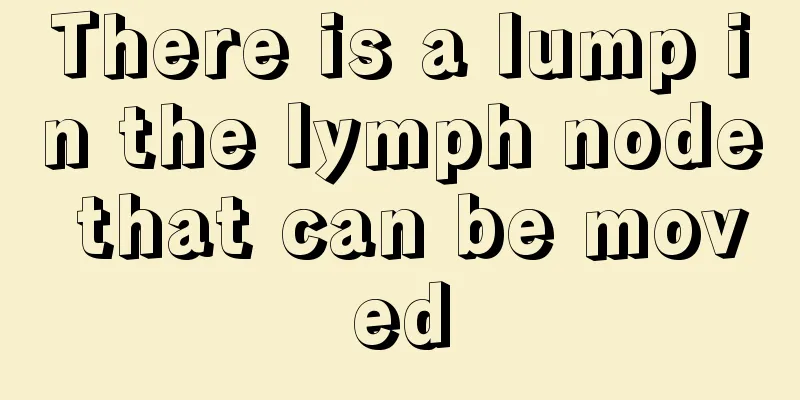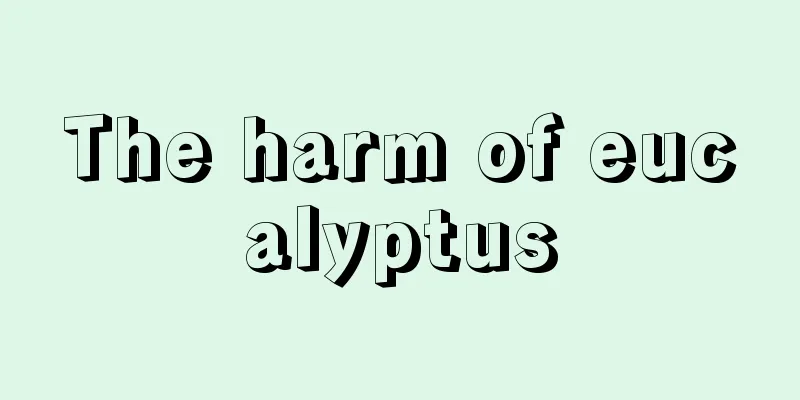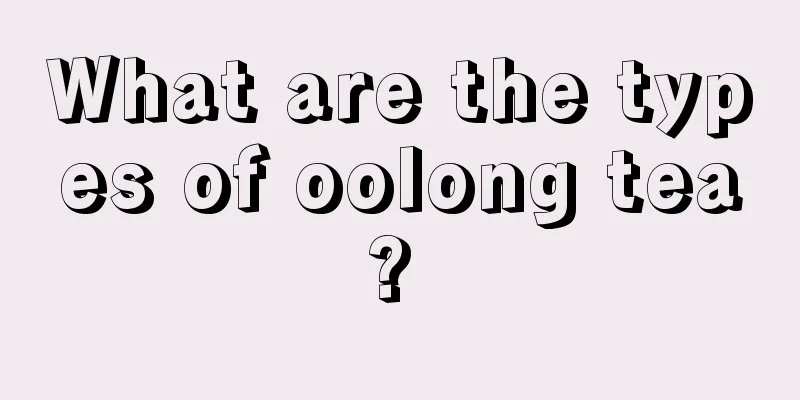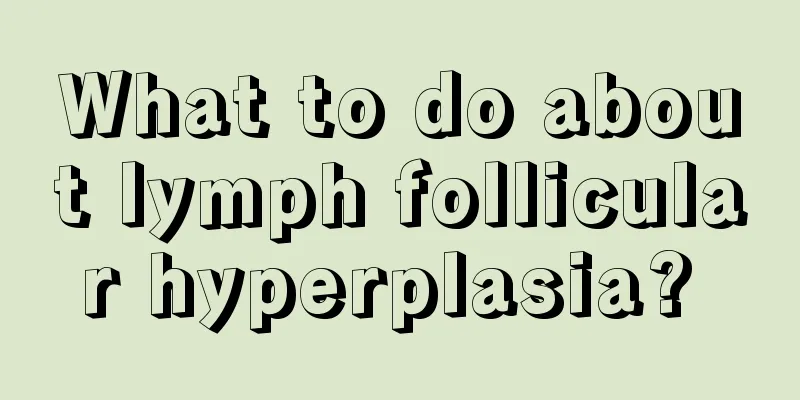What are the symptoms of aphasia caused by cerebral infarction?
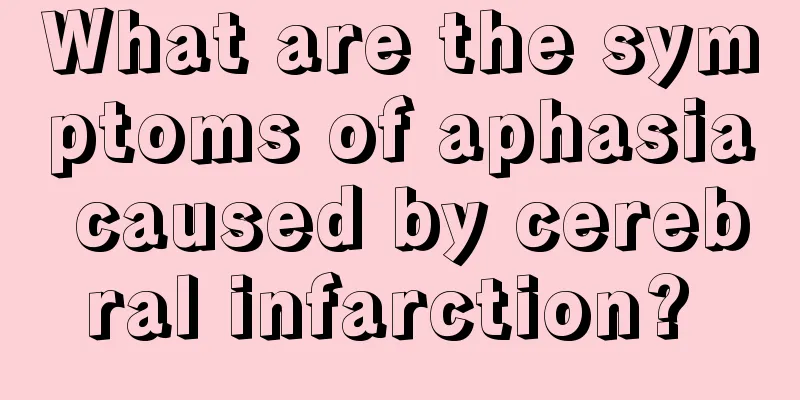
|
Cerebral infarction can cause symptoms and hazards such as aphasia and dysphagia. Some patients may also show adverse symptoms such as drooling, slow eating, and choking when drinking water. Some may also cause aspiration pneumonia, which is a type of aphasia caused by cerebral infarction. It is quite serious. First, let’s understand the causes of aphasia and dysphagia caused by cerebral infarction. Aphasia after cerebral infarction is called "acute communication disorder" in modern medicine. The disease is caused by damage to the language center of the cerebral cortex (dominant hemisphere), resulting in language communication ability disorders. It is a syndrome manifested as dysfunction in one or several aspects of the understanding, organization, and expression of speech symbols. In mild cases, the disease manifests as impaired or lost speech function, while in severe cases, aphasia occurs. Regardless of the degree of aphasia caused by stroke, people will eventually lose the ability to communicate. However, according to relevant data, about 80% of patients with aphasia caused by cerebral infarction can be improved to a certain extent through treatment. 2. Symptoms of dysphagia caused by cerebral infarction include drooling, slow eating, and choking when drinking water in mild cases. Moderate cases drool profusely, have severe choking and coughing, and can only eat liquid food slowly. Frequent choking and coughing often cause aspiration pneumonia. Severe patients cannot take a single drop of water and can only rely on nasogastric tubes to eat. All of these are not conducive to the patient's recovery and increase the patient's mortality and disability rates. The most fundamental cause of dysphagia is the damage of the nerve centers in the central nervous system of the brain that are responsible for the pharyngeal muscles, tongue muscles, facial muscles and other muscles involved in swallowing function, causing disorders in the activities of the above muscles. Therefore, the most fundamental way to treat dysphagia is to treat brain lesions. If the lesions in the brain can improve, then dysphagia will also recover. 3. Treatment Methods 1. Listening comprehension training. Place 5 to 10 cards with words written on them on the table. The trainer says the name of a word and asks the patient to point to the corresponding card from the cards placed there. 2. Reading comprehension training. A commonly used method is word-picture matching training, such as giving the patient a card with the word "table" written on it and asking the patient to find a picture with a table on it. 3. Retelling training. The trainer says the names of daily necessities, such as books, newspapers, pens, and toothbrushes, and asks the patient to repeat them. 4. Name training. Let the patient look at pictures of "plane", "car", "teacup", etc., and ask the patient "What is this?" If the patient cannot answer or answers incorrectly, you can guide the patient to answer by describing the purpose of the object in the picture or giving the initial sound of the word, so as to achieve the purpose of training. |
<<: How to steam pig blood, delicious and nutritious
>>: What are the effects, functions and contraindications of Spirulina?
Recommend
Does skull repair affect life expectancy?
The human brain is a very important part, especia...
Thermal therapy bed
Some home warm medical equipment operators on the...
How does the hospital perform hamartoma surgery
How does the hospital perform hamartoma surgery? ...
Diabetes may lead to a surge in pancreatic cancer rates
60-year-old Grandma Wang is a retired teacher. Ap...
How to treat congenital choledochal cyst?
There are many internal organs inside the human b...
Effects and features of tetrose
Tetrose is found in crustaceans, high and low pla...
What is the reason for gum pus
The gums are also relatively fragile, and most or...
What are the late symptoms of liver cancer? 8 late symptoms of liver cancer
1. Pain in the liver area: The most common type i...
What are the effects of Moringa tea?
Moringa tea is a kind of tea that many people lov...
How to treat liver cancer
Liver cancer, as a common malignant tumor in the ...
TCM Syndrome Differentiation and Treatment of Pancreatic Cancer
Pancreatic cancer is often classified as "ac...
What can't lung cancer patients eat? Dietary taboos for lung cancer need to be understood
Lung cancer is a very serious malignant tumor. Th...
Causes of sequelae of skull base fracture
In daily life, many young people do not care abou...
How to treat body aches, weakness and sore throat?
The phenomenon of body aches is common among manu...
What to do if blisters appear on your fingers? What to do if blisters appear on your fingers?
Many parents will naturally be worried when their...
